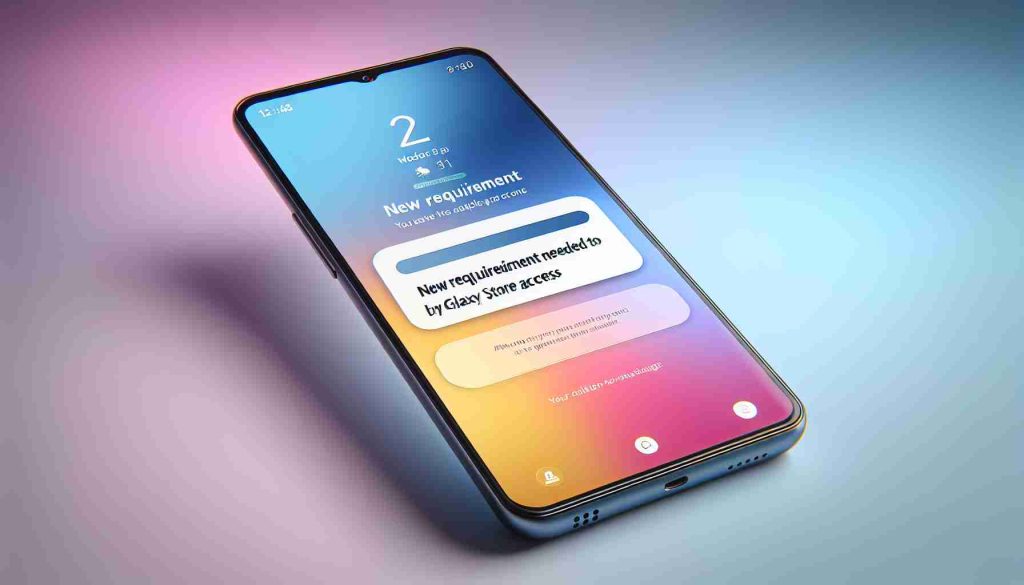In an era where smartphones dominate our daily lives, the demand for mobile phone insurance is on the rise. With projections indicating that the mobile phone insurance market will exceed USD 50 billion by 2029, growth is expected to accelerate at an 8.28% CAGR from 2024 to 2029.
Smartphones have transitioned from mere communication tools to essential devices for managing finances, entertainment, and personal information. This increasing dependence has heightened the risk of loss, theft, and accidental damage, prompting consumers to seek robust insurance policies for their devices. These policies can cover a variety of issues, including accidental damage and theft, providing peace of mind to users wary of incurring high replacement costs.
The allure of high-end smartphones, with prices soaring past $1,000, further fuels this trend. The intricate technology within these devices renders them costly to repair, making insurance nearly a necessity for many owners. In particular, consumers are gravitating toward comprehensive coverage options that address not only physical damage but also potential data breaches.
As awareness of safeguarding digital assets rises, insurance providers are increasingly partnering with manufacturers and retailers to offer bundled coverage, catering to consumer convenience. Regions like North America and Europe are witnessing significant market growth due to rising smartphone usage and consumer demand for extended coverage. The shift towards repair-oriented solutions and comprehensive policies reflects an evolving landscape, with consumers eager to protect their investments in an increasingly digital world.
Smartphone Insurance: Essential Tips, Life Hacks, and Interesting Facts
In our digital age, as smartphones become integral to our everyday lives, understanding mobile phone insurance becomes essential. Here are some valuable tips, life hacks, and interesting facts to guide you in making informed decisions about smartphone coverage.
1. Understand Your Coverage Needs: Before purchasing any insurance policy, assess your habits and the likelihood of hazards. If you’re prone to losing your phone or have children who misuse gadgets, consider comprehensive coverage that includes theft and accidental damage.
2. Review Your Existing Policies: Many homeowners’ or renters’ insurance policies may already cover personal items, including your smartphone. Check if your existing insurance includes smartphone coverage to avoid redundant payments.
3. Shop Around for the Best Rate: Not all mobile phone insurance providers offer the same rates or coverage options. Take time to compare different insurers. Websites like eConsumer Insurance provide comparison tools to help you find the best plan.
4. Consider Deductibles: Policies may have varying deductibles for claims. Choose a plan that balances an affordable monthly premium with a reasonable deductible. A high deductible may result in lower monthly fees, but it’ll cost you more out-of-pocket when filing a claim.
5. Look for Bundled Coverage: Annual insurance premiums can often add up. Some companies, such as Sprint, offer bundled plans that include smartphone insurance with other services at discounted rates, saving you money in the long run.
6. Optimal Care for Your Device: Help minimize the need for insurance claims by using protective cases, screen protectors, and avoiding risky environments. Better care can reduce the likelihood of damage, keeping your device secure.
7. Keep Records of Your Purchase: Always keep receipts and records of your smartphone purchase as well as any previous repairs. This documentation can help expedite claims if incidents arise.
Interesting Fact: Did you know that about 70 million smartphones are lost in the U.S. each year? This staggering number underscores the importance of being proactive about insuring these critical devices.
8. Utilize Mobile Tracking Features: Most modern smartphones come equipped with tracking tools, like ‘Find My iPhone’ or ‘Find My Device’ for Android. Use these features to locate a lost phone, potentially avoiding the need for an insurance claim.
9. Keep Your Software Updated: Regularly updating your operating system and applications can shield your smartphone from vulnerabilities which can lead to data breaches. Many policies don’t cover losses from negligence, so practice good digital hygiene.
10. Inquire About Data Recovery Services: When considering smartphone insurance, ask whether the policy includes services for data recovery. Losing precious photos and documents can be even more distressing than losing the device itself.
As smartphone reliance continues to grow, being smart about insurance is vital. For more information on protecting your investments and navigating the evolving landscape of mobile insurance, visit Mobile Insurance for resources and insights.























